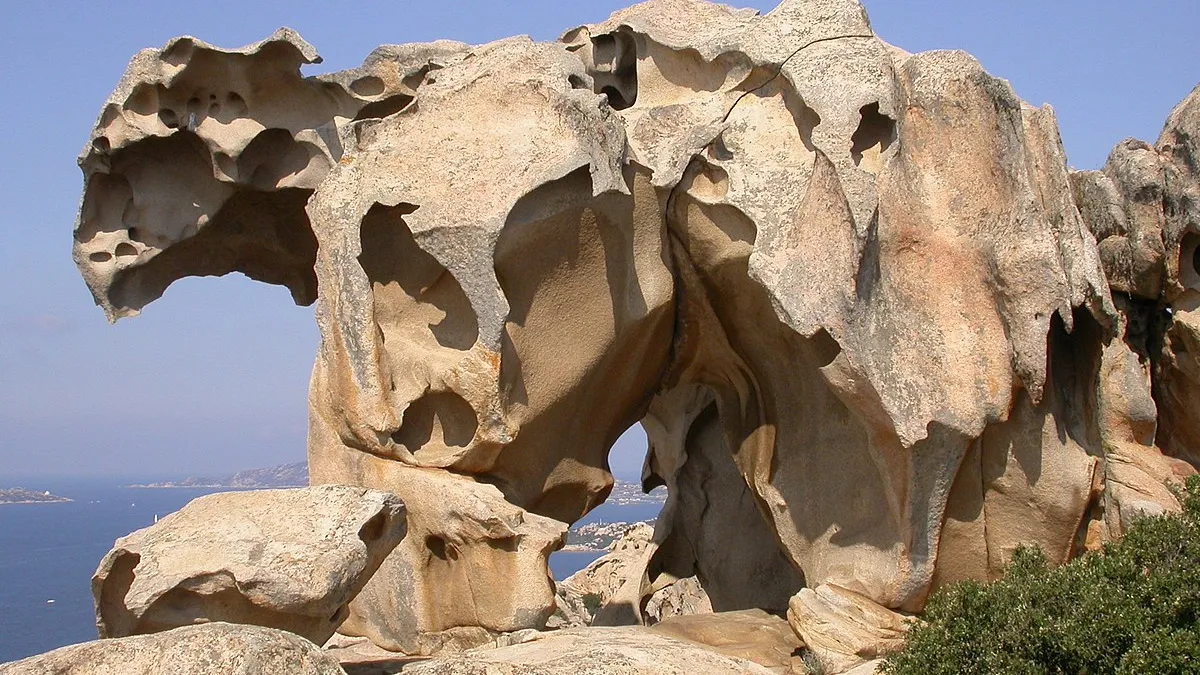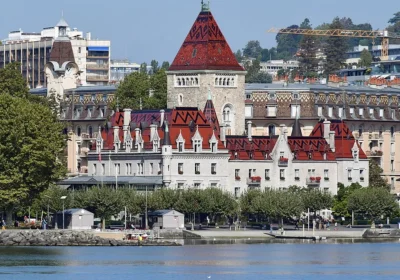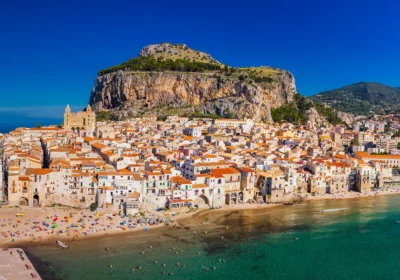Tour of Palau and Cape Bear.
The picturesque and charming resort of Palau is nestled on the north-east coast of Sardinia in the heart of the province of Olbia-Tempio, in close proximity to the world’s most famous Emerald Coast, the Costa Smeralda. The ability to reach the pearl of the Mediterranean in a matter of minutes is by no means Palau’s only advantage. The resort itself is magnificent: surrounded by majestic cliffs, lush Mediterranean greenery and the fragrant herbs of Sardinia, Palau has retained an incredible pristine beauty that attracts visitors from all over the world, with a well-developed infrastructure. Many of these legends attract explorers and holidaymakers, but one – of a cannibal-infested area – has for centuries kept mariners, historians and geographers aloof from the most mysterious of places. We are talking about Palau, the description of which we first meet in Homer’s “Odyssey”. The bloodthirsty Lestrygonians, as they would say today, “created an explicit anti-advertisement” for the town thanks to the poem.
We can only wonder whether the numerous Mediterranean corsairs and smugglers once tried to spread such rumours in order to use this part of the island without interference.
The natural landmark is Bear Rock, which is located on the very top of a hill near Palau, and the history of these rocks dates back to the Palaeozoic era, i.e. 340-250 million years ago. The height of this giant bear reaches one hundred and twenty metres, which certainly attracts the attention of not only ordinary tourists, but also rock climbers and mountaineers. Many travellers in their diaries testify about this natural granite monument, painting it in the image of a beast, carefully looking at the sea horizon and reliably guarding the eastern coast. Many wonders have been created by the wind and sun from the rocky outcrops on the coast – a turtle, a sabre-toothed tiger, an ostrich – but this huge bear is a masterpiece of nature’s “architects”.
From the top of Bear Cape there is a magnificent view of the Magdalena Archipelago, declared a national park in 1996.
Moon Valley or the Plasticine Mountains, Stone Mushroom and other sights are all natural wonders
You will be able to capture the memory (or your camera lens) of this exciting trip. You’ll be treated to the best panoramic views, secluded spots and beaches unexplored by the average tourist, and granite and stone blocks of various bizarre shapes. Stock up on comfortable shoes – all these “wonders” are not suitable for asphalt roads. We also advise you to take swimming accessories and take the opportunity to swim in the most beautiful bays of the island!

















